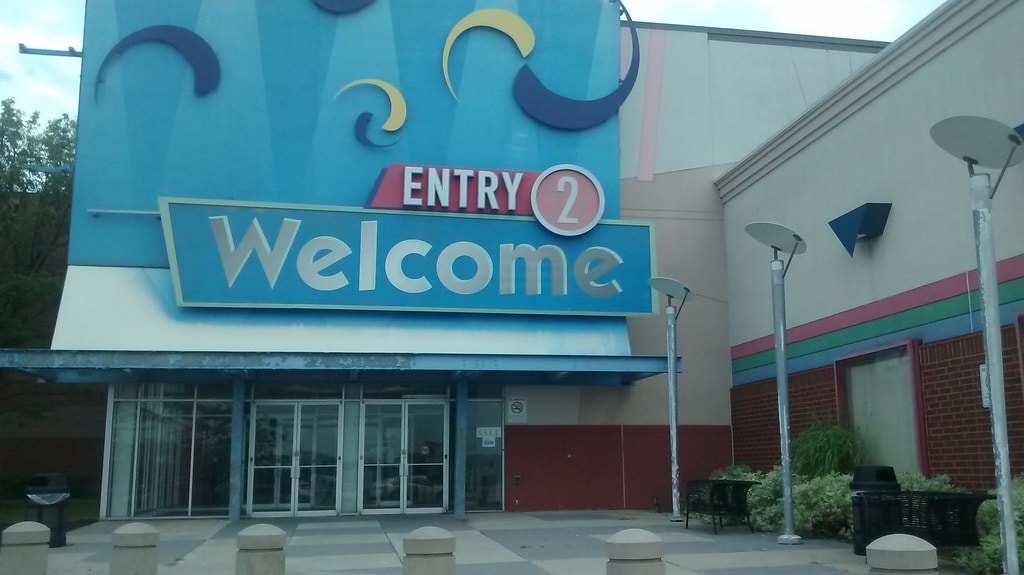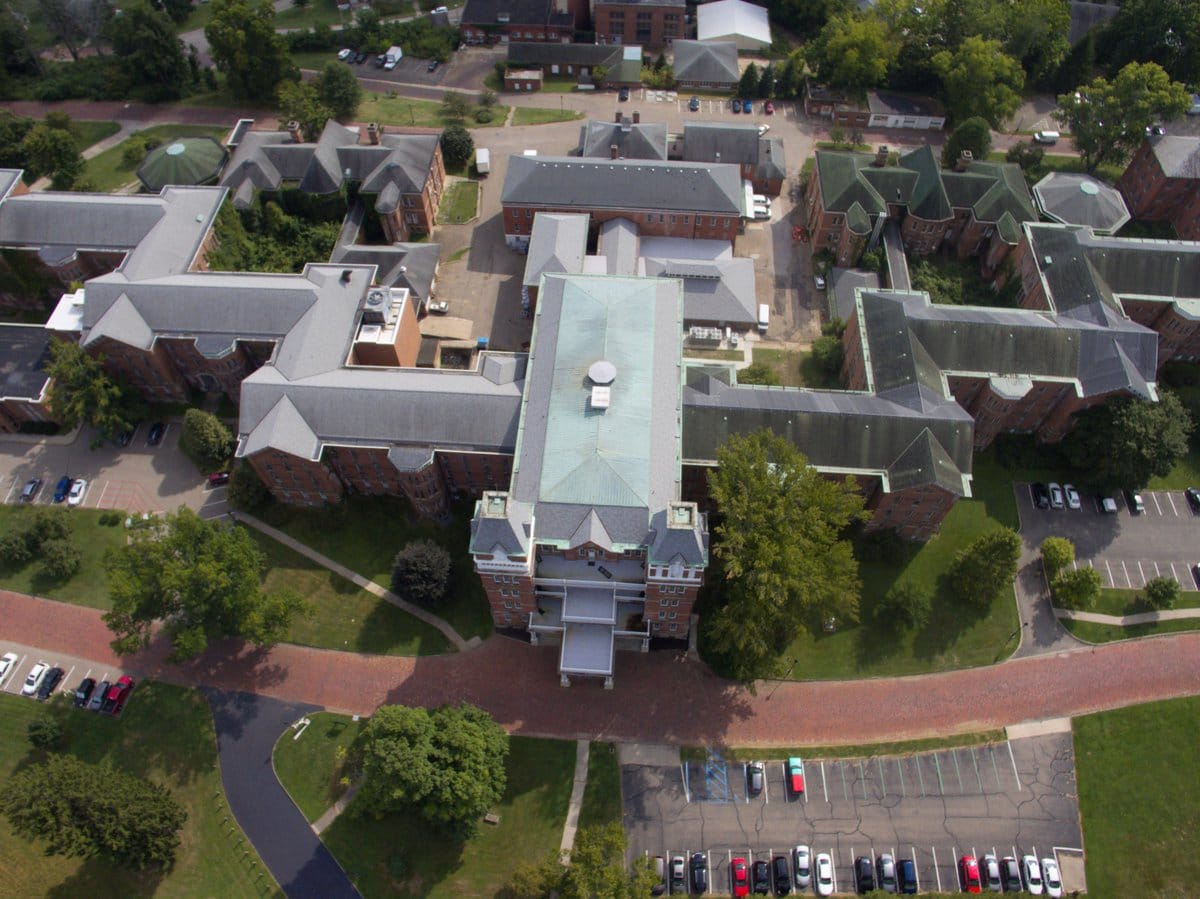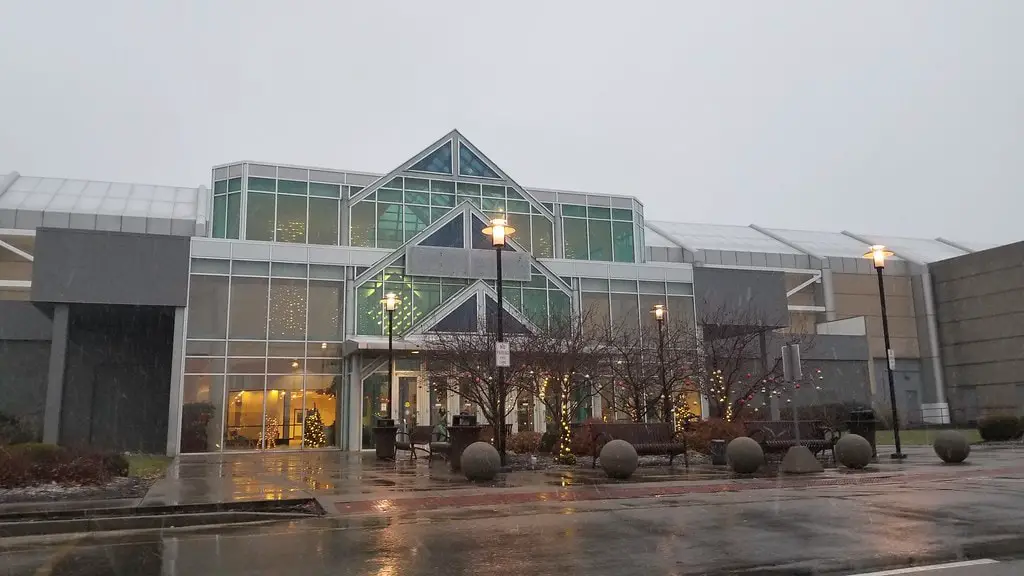Origins and Architectural Design
The Athens Lunatic Asylum came to life in the late 19th century, a time when mental health treatment was shifting toward structured, institution-based care.
Ohio needed a new facility to serve the southeastern region, and in 1867, state officials selected Athens as the site.
The land originally belonged to the Arthur Coates and Eliakim H.Moore farms—both located near the Hocking River.
Construction officially began on November 5, 1868, and the hospital opened its doors on January 9, 1874.
The project followed the Kirkbride Plan, an approach championed by Dr.
Thomas Story Kirkbride. He believed fresh air, natural light, and orderly surroundings contributed to recovery.
To reflect these ideas, the main building, 853 feet in length, had staggered wings designed to keep patient wards separate.
Cleveland architect Levi T. Scofield oversaw the design. He used Late Victorian and High Gothic elements, giving the hospital its distinct, imposing look.
Landscape architect Herman Haerlin of Cincinnati planned the grounds, which initially covered 141 acres. His work later extended to Spring Grove Cemetery and Ohio State University’s Oval.
The asylum had space for 572 patients, although this exceeded Kirkbride’s recommended capacity.
The structure included separate dining halls for men and women, reflecting the era’s strict gender divisions.
Over the years, the campus expanded, adding more buildings and eventually growing to more than 1,000 acres.
Today, much of the original layout remains intact. The Ridges, as it is now known, is part of Ohio University and home to the Kennedy Museum of Art.
Visitors interested in history will find plenty to explore here—one of many things to do in Athens, Ohio.
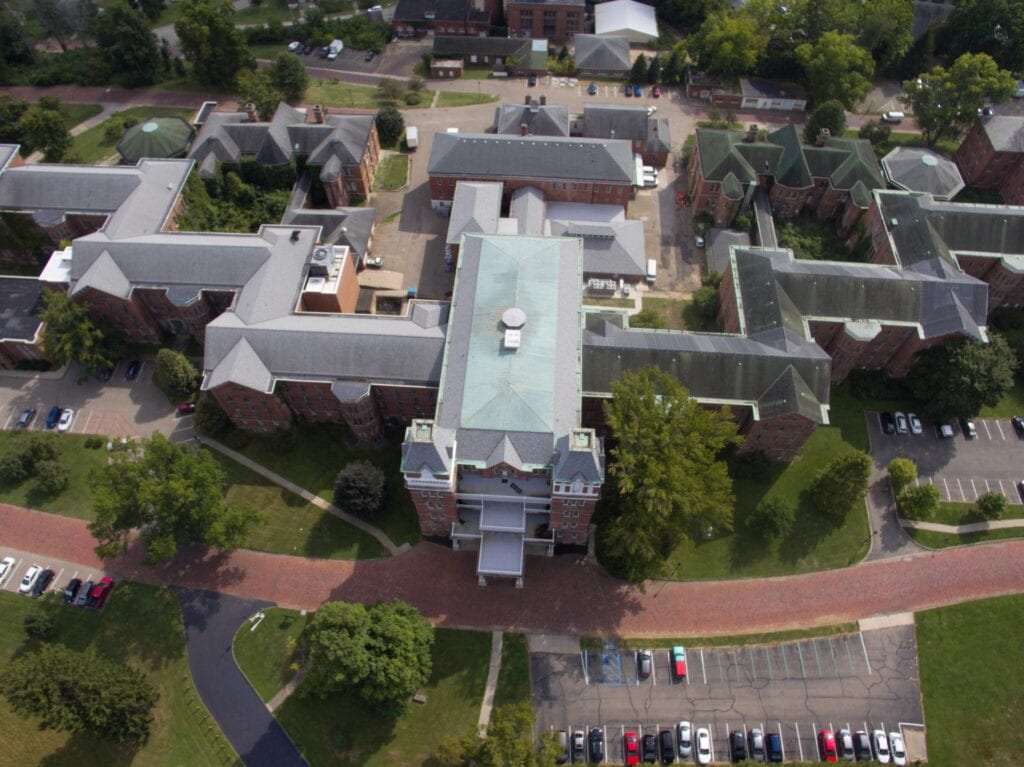
Evolution of Patient Care and Treatments
The Athens Lunatic Asylum treatment philosophy is rooted in the Kirkbride Plan, which emphasizes moral therapy.
Doctors believed structured routines, manual labor, and a peaceful environment could help patients recover.
The facility had gardens, a dairy, and even an orchard—patients worked on these as part of their treatment.
The 1930s and 1940s marked an era of experimental treatments.
Lobotomies, once seen as a breakthrough, were performed on many patients at the asylum.
Electroshock therapy followed a similar path, often administered without anesthesia.
Some patients responded well, but others suffered permanent effects.
The introduction of early psychotropic drugs in the 1950s shifted mental health care again.
Medications like Thorazine allowed doctors to manage psychiatric symptoms without invasive procedures.
The asylum’s staff had varying levels of training. Some employees had medical backgrounds, while others learned on the job, leading to inconsistent patient care.
By the 1960s, new mental health policies pushed for more professional oversight.
Hospitals had to meet stricter standards, and treatment methods continued to evolve.
The approach to mental illness was changing, and with it, the future of places like Athens Lunatic Asylum.
Overcrowding and Institutional Challenges
As the 20th century progressed, the Athens Lunatic Asylum faced an overwhelming demand for space.
The original building could no longer support the rising number of admissions. By the 1950s, the hospital had housed over 1,800 people.
To accommodate the influx, additional structures, including seven cottages, were built.
These expansions allowed doctors to group patients by condition, but the asylum still struggled with overcrowding.
Resources became stretched thin. More patients meant more food, supplies, and staff were needed to keep the hospital running.
By this time, Athens had become the town’s largest employer.
Many workers had no formal medical training but were hired for general care duties.
The asylum’s dairy farm, laundry facilities, and greenhouses helped sustain daily operations.
Patients worked in these areas as part of their therapy, though their labor also reduced costs for the institution.
Even with expansions, conditions grew worse. The asylum received patients from multiple counties, including Athens, Ross, and Scioto.
Many suffered from epilepsy, depression, or alcohol addiction, while others were admitted for reasons now considered outdated—such as menopause or postpartum depression.
With limited options for care outside of institutions, families relied on places like Athens.
The growing patient population pushed the asylum to its limits, leading to serious challenges in the years ahead.
Decline and Closure
By the 1960s, mental health care in the United States was changing rapidly.
New research showed that most patients did not require lifelong institutionalization.
At the same time, public awareness of outdated treatments—like electroshock therapy and lobotomies—led to widespread criticism of asylums.
This shift in thinking had a direct impact on the Athens Lunatic Asylum.
As new policies pushed for deinstitutionalization, the patient population began to drop.
State funding for large psychiatric hospitals declined, and smaller outpatient clinics became the preferred approach.
By the 1970s, the asylum had already begun downsizing. Some of its buildings were repurposed, while others fell into disrepair.
Despite these changes, the hospital continued operating until 1993.
The state officially closed the facility that year, relocating the remaining patients to a new psychiatric hospital—Southeast Psychiatric Hospital, now known as Appalachian Behavioral Healthcare.
After the closure, the property’s future remained uncertain. The massive complex, which had once been the center of mental health care in southeastern Ohio, now sat mostly empty.
Without regular maintenance, many of the buildings began deteriorating. Ohio officials needed a plan for the site, but it would take several years before a new purpose was found.
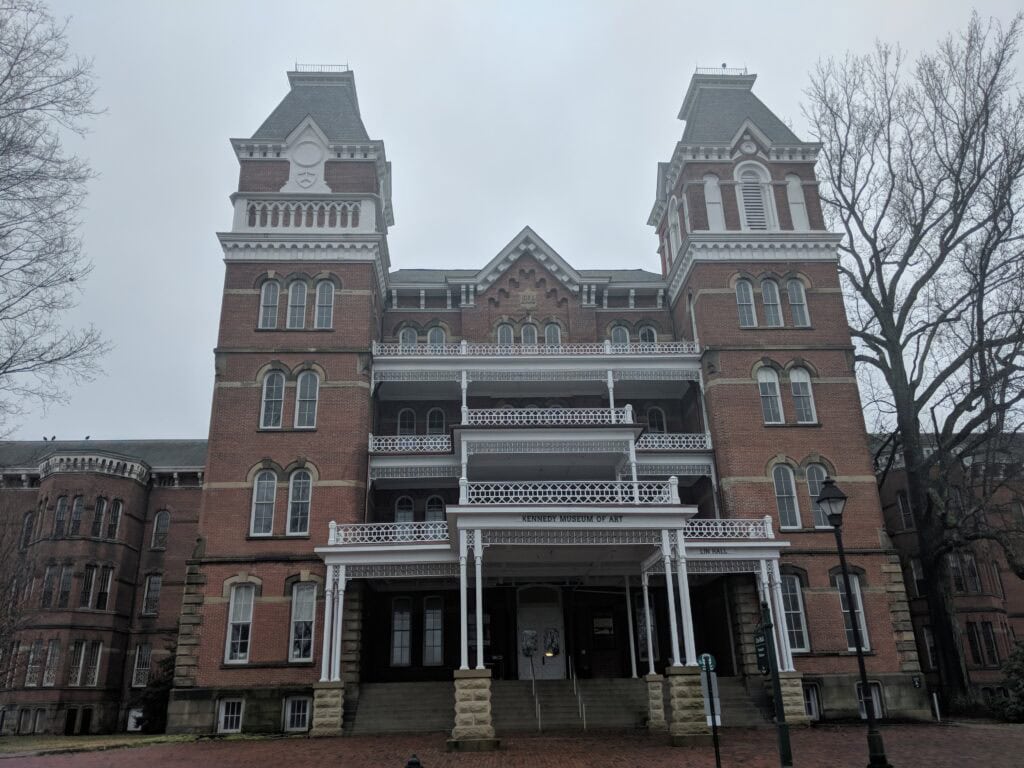
Legacy and Modern Reuse
In 1993, Ohio University acquired the former asylum in a land swap with the state Department of Mental Health.
The university renamed the property “The Ridges” and began repurposing the buildings.
The Kennedy Museum of Art moved into the former administration building, while other spaces became classrooms and offices.
Today, many of the original structures are still in use, providing academic and administrative space for the university.
Some buildings, like Cottage B, were eventually demolished due to safety concerns.
Others were restored as part of long-term redevelopment efforts.
The Dairy Barn, once part of the asylum’s self-sustaining farm, became the Dairy Barn Arts Center, a nonprofit venue for exhibitions and workshops.
Efforts to preserve the asylum’s history continue today. Local organizations, including the Athens chapter of the National Alliance on Mental Illness (NAMI), have worked to restore the old cemeteries.
Thousands of former patients are buried on the grounds, many with gravestones marked only by numbers.
Memorial projects have helped recognize these individuals, especially veterans who lived their final years at the asylum.
Meanwhile, guided tours and community events keep the site connected to Athens’ broader history.

